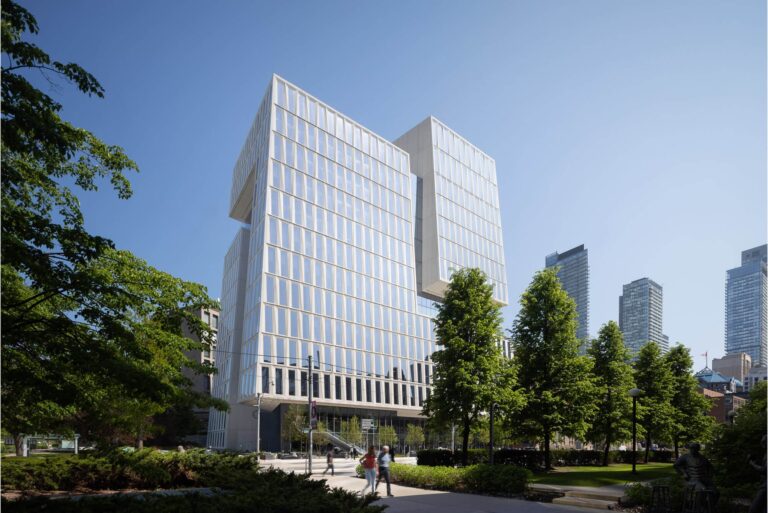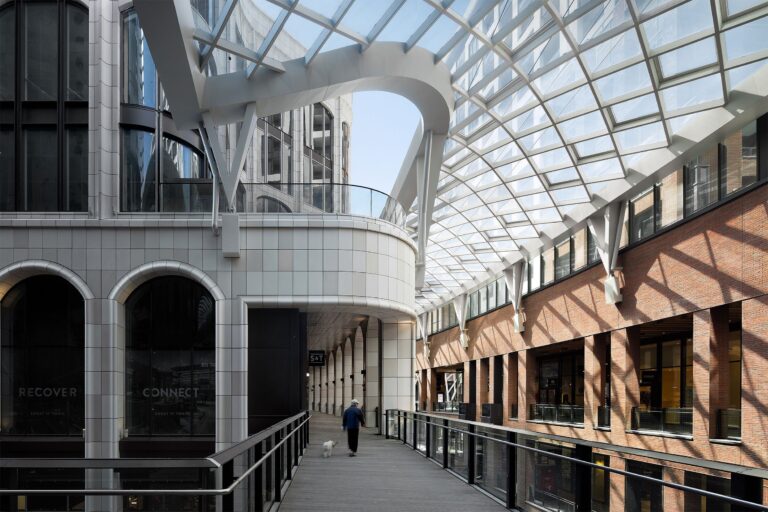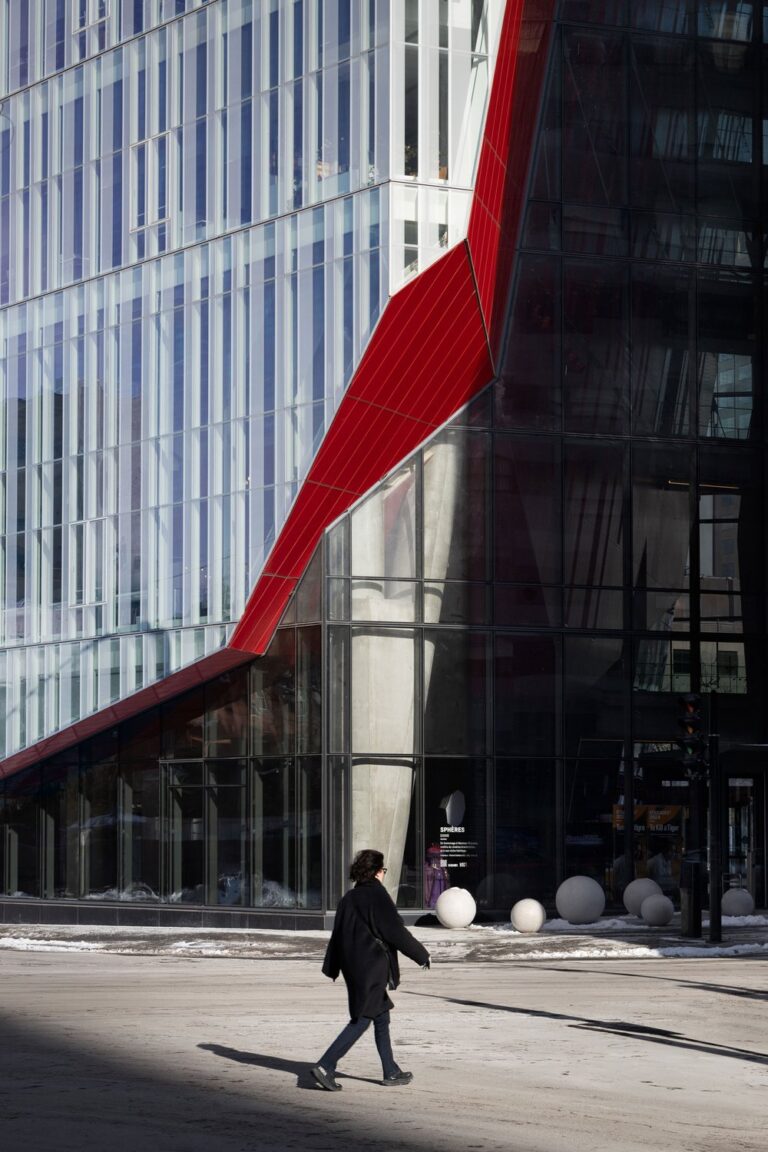If you’ve ever searched for Architectural Photography and Videography Pricing or interior photoshoot fees, you’ve likely encountered a maze of conflicting information. To simplify the process and provide some clarity, I’ve narrowed down the key factors influencing pricing in architectural and interior photography, as well as videography. This article dives into the details, addressing not only photography but also the complex pricing dynamics of architectural videography.
Architectural Photography and Videography Pricing: What Affects the Costs?
Professional architectural and interior photography has long been valued for its role in visually narrating and promoting the built environment. From capturing luxurious interiors to showcasing commercial spaces, these projects require a mix of technical expertise and artistic vision. But what actually influences the cost?

Key Pricing Factors:
1. Specialization
The type of work greatly impacts the fee. For instance, a real estate photoshoot will typically cost less than a commercial Architectural Photography and Videography Pricing project meant for advertising campaigns or editorial features. Each one requires different levels of skill and attention to detail.
2. Number of Deliverables
The more edited images you need, the higher the price. Producing and editing Architectural Photography and Videography Pricing projects requires a significant investment of time, especially when striving for a consistent narrative, impactful imagery, precise lighting, and other essential factors that define the genre. While the number of deliverable pictures is often tied to the timeline with terms like ‘half-day’ or ‘full-day,’ there are projects where even a small number of images might demand a full day’s work due to complexity, precision, or specific requirements of the shoot.
3. Post-Production
This factor should be mentioned, but at Nimkat Studio, we bundle our post-production with licensing terms to make things simpler. Whether it’s listed separately or bundled with the license, as a client, you’re probably looking for straightforward answers. Spoiler alert: You’re definitely paying for the magic that happens in post-production—because those photos don’t edit themselves (if only!). We believe post-production is just as important as production itself.
4. Licensing and Usage Rights
Whether the images are for personal use, editorial publication, or nationwide advertising campaigns, licensing agreements significantly affect pricing. Larger-scale usage for advertising demands higher fees. Let’s stay brief on usage rights for now.
5. Travel and Location Logistics
Hard-to-reach or remote project sites increase costs due to additional travel time and expenses.
Interior or architectural photography quotes have a very simple structure. While factors like gear or square footage might seem important, experienced architectural photographers usually base their fees on the project scope rather than equipment or property size. You can contact us to discuss your project’s scope and explore our Architectural Photography and Videography Pricing services.
In contrast, videography fees are more heavily influenced by the type and amount of equipment required for the shoot. The specialized gear, such as cameras, lighting setups, and other video production tools, significantly impacts the overall cost.

Why Architectural Videography Quotes Are More Variable
While architectural photography tends to follow standardized pricing norms, videography introduces unique complexities. If you’ve ever searched for Architectural Photography and Videography Pricing, you’ll notice fewer clear answers. That’s because architectural filmmaking is still emerging as a niche, driven by the increasing demand for video content in marketing and advertising. But that’s not all. Let’s dive deeper.
Factors Unique to Videography Pricing:
1.Equipment Costs
Architectural videography often requires more specialized gear than photography, such as dedicated video cameras, stabilizers, and continuous lighting. For instance, cinematic drones capable of low-light aerial shots come with significantly higher operating costs than standard photography drones.
2. Post-Production Effort
Video editing is far more intensive than photo editing, requiring the creation of smooth and understandable sequences, incorporating transitions, and syncing with music. These steps add substantial time and expertise to the video project.
3. Pre-Production Planning
Every architectural video requires detailed pre-production, including storyboarding, styling, determining the video’s rhythm, and planning sequences. These elements ensure a seamless narrative flow, but they also require additional preparation time.
4. Crew Size and Logistics
Unlike photography, which often requires just a photographer and an assistant, videography usually involves a larger team. A typical project may require two videographers, two assistants, and even a logistics handler, all of which add to labor costs.

Common Questions Architectural Photography and Videography Pricing
Why Do Architectural Video Projects Cost More Than Photoshoots?
I’m writing this section for those who want a summary of the whole article. Architectural videography involves more variables, from advanced equipment to the intricacies of editing and production. For example, while a still photograph might require only a camera and lighting setup, a video project could involve drones, sliders, sound recording, and multiple crew members.
What About Licensing for Videos and Photos?
Both photos and videos are intellectual property, and licensing determines how they can be used. The broader the intended use, such as in advertising or large-scale campaigns, the higher the licensing fee.
Does the Property’s Size Affect Pricing?
Contrary to popular belief, square footage doesn’t directly influence fees. Instead, it impacts the time required for shooting an editing, which is reflected in the overall project scope.
The Role of Equipment in Architectural Media Production Pricing
While many assume that advanced equipment always increases costs, seasoned professionals typically offer a standard toolkit for most projects. However, specific client requirements—like cinematic time-lapse sequences, night aerial footage, or comple sound integration—can necessitate specialized gear, which raises the overall price.
Examples of equipment that might influence costs include:
- Cinematic drones: For high-quality aerial shots at night.
- High-efficiency continuous lighting: Necessary for creating sunlight.
- Sound equipment: For capturing ambient sound or syncing professional-grade audio.
Additional Factors to Consider
- Weather Dependencies: Unpredictable conditions may require reshoots or additional equipment, especially for outdoor videography.
- Remote Locations: Projects in hard-to-access areas may involve extra logistics and travel expenses.
- Styling and Creative Input: Whether it’s color grading for videos or staging interiors for photos, creative choices significantly impact project complexity and costs.
Why This Matters for Clients and Professionals
Understanding these factors helps clients make informed decisions and allows photographers and videographers to provide accurate quotes. By demystifying the pricing process, this transparency builds trust and ensures smoother collaborations for everyone!
For those searching for architectural photography rates or interior videography pricing, the takeaway is this: costs reflect the expertise, tools, and effort required to transform your project into a visual masterpiece.
Conclusion
Architectural photography and videography pricing involve a balance of creativity, technical skill, and logistical planning. While photography costs have more established benchmarks, videography remains a dynamic field with fluctuating variables. By considering the factors outlined above, clients can better understand their quotes, and professionals can communicate their value more effectively.

